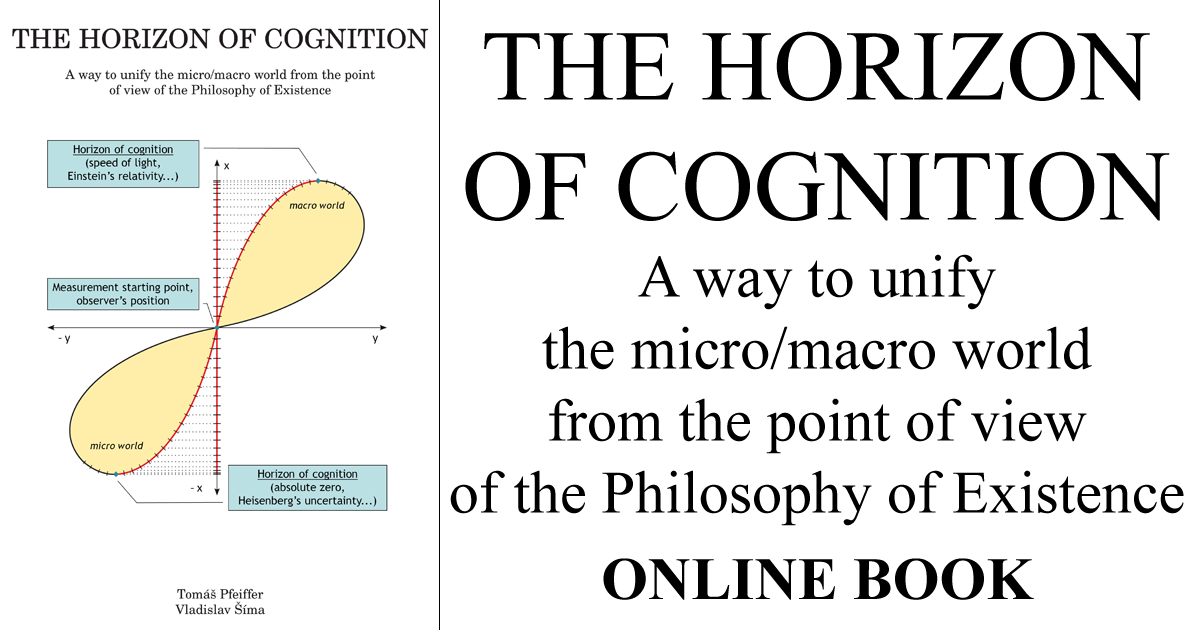Chapter 1
Introduction
1.3 Quantum mechanics and the double slit experiment
Quantum mechanics is a physical theory that describes what properties field particles and matter exhibit in the micro world.
It is an extension of Newton’s classical mechanics that describes the behaviour of microscopic objects. The state of motion of particles (such as electrons, protons etc.) is not described through terms of classical mechanics, such as the current position and momentum (the product of velocity and mass), which are stated with a high accuracy. In quantum mechanics, particles are replaced by wave functions, which only describe the particle’s statistical probability distribution of occurrence in its state of motion (see for instance [12]).
As soon as we try to measure purely the particle properties, we hit the limit of cognition, which is mathematically formulated in Heisenberg’s uncertainty principle (x position, p momentum, ~ reduced Planck constant) [13]. This uncertainty regarding the particle’s position and momentum is expressed in equation (1.1):
ΔxΔp ≥ ħ/2 (1.1.)
A classic example that demonstrates how the quantum world differs from the world as we know it is the double-slit experiment, illustrated in Fig. 1.3.

Figure 1.3: The double slit experiment is simple and famous [14]. From the left we send a stream of quanta (photons, electrons or other subatomic particles, that pass through a plate with two slits. In this experiment, the quanta behave like waves. The screen at the back shows the interference pattern created by the waves passing throw the two slits.
This experiment is a mystery that, to this day, puzzles physicists from all around the world. It consists of adding a sensitive detector capable of registering individual quanta (photons, electrons etc.) to one of the slits in the system above. When the detector is added, the entire interference pattern disappears and the particles start behaving like a stream of particles (the pattern on the screen changes and shows a pattern similar to as if grains of sand had been sent through the two slits). This occurs each time we try to determine the trajectory of each individual quantum (irrespective of the method used). The wave behaviour is manifested even if the particles/quanta are sent through one by one. The decisive factor of the observation of the interference pattern is whether or not the observer has information about the trajectory of the individual quanta at his disposal during the experiment.
The scientists Niels Bohr and Werner Heisenberg thus concluded that objects in the micro world exist as both a wave and a particle simultaneously. Which property they exhibit depends on which method is used to observe them (see the Copenhagen interpretation [15], for instance). Many other explanations of the observed dual property have since been proposed, but we cannot state for sure that we fully understand this phenomenon.
How can the term particle be derived from the wave and vice versa?
Based on the current findings and experiments, it seems as though objects in the micro world (unless registered by a detector) were strongly delocalised (spread out over macroscopic distances). Therefore, a single photon or electron (or other particle) can pass through both slits and interfere “with itself”.
In 1927 Werner Heisenberg wrote [16]:
„Since the statistical nature of quantum theory is so closely connected to the uncertainty in all observations or perceptions, one could be tempted to conclude that behind the observed, statistical world a “real world” is hidden, in which the law of causality is applicable. We want to state explicitly that we believe such speculations to be both fruitless and pointless. The only task of physics is to describe the relation between observations.“
In this statement, Heisenberg explains his conviction that there is no classical causal reality hidden behind the statistical nature of quantum mechanics: “quantum mechanics establishes the final failure of causality” ([16]).
With all due respect to the famous physicist, we take the liberty to not fully agree with this strong and unequivocal statement. We would like to present our philosophical view, which could lead to an explanation and understanding of the quantum world phenomena, including the latest scientific observations (e.g. experimentally verified quantum entanglement – see the Delft experiment from 2015 [17]).

